Do you have a question about the Dinstar UC2000 and is the answer not in the manual?
Provides a general introduction to the UC2000 gateway, its architecture, and core purpose.
Illustrates the typical use cases and network integration of the UC2000.
Details the physical design, ports, and indicators of the UC2000 device.
Lists and explains the key features, software capabilities, voice options, and hardware specifications.
Outlines important considerations and safety precautions before proceeding with the UC2000 installation.
Provides step-by-step instructions for physically installing the UC2000 hardware, SIM cards, and antennas.
Explains the two primary methods for dialing telephone numbers or extensions using the UC2000.
Describes the functionality for placing an active call on hold and retrieving it.
Explains how the UC2000 handles incoming calls when an extension is already engaged.
Details the different methods, including blind and attended transfers, for redirecting calls.
Lists and explains the various feature codes used to control UC2000 functions and services.
Covers the fax transmission capabilities, supported modes (T.38, Pass-through), and protocols.
Instructions for resetting the device's IP address, username, and password to factory defaults.
Guide on how to restore the UC2000 device to its original factory default configurations.
Explains how to perform maintenance and configurations via the RS232 console port.
Provides steps for accessing and logging into the UC2000 web-based management interface.
Guides through common configuration scenarios and initial setup using the wizard.
Displays current status information for the system, SIP, PSTN, and active calls.
Covers essential system settings including hostname, timezone, logs, services, and user management.
Details network configuration options like IP addressing, DHCP, PPPoE, and diagnostic tools.
Allows configuration of SIP profiles, FXS/FXO parameters, codecs, and dialplan settings.
Configuration for SIP and FXS extensions, including DID, call waiting, and ring groups.
Setup and configuration of SIP, FXO, and GSM/CDMA trunks for network connectivity.
Manages call routing, IVR, SMS functions, feature codes, and security settings.
| Model | UC2000 |
|---|---|
| Category | Gateway |
| Storage Temperature | -20°C to 70°C |
| Network Interface | 10/100 Base-T Ethernet |
| Protocols | SIP v2.0 |
| Voice Codec | G.711, G.723, G.729 |
| Fax | T.38 |
| Echo Cancellation | G.168 |
| Management | Web, Telnet, SNMP |
| Power Supply | 100-240 VAC, 50-60 Hz |
| Operating Temperature | 0°C to 40°C |
| Humidity | 10% to 90% non-condensing |
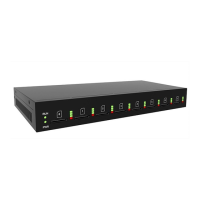


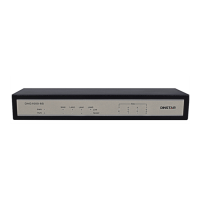
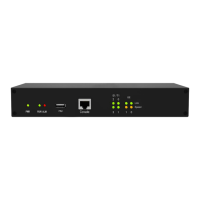
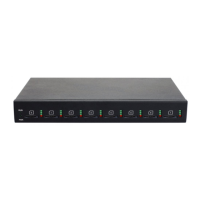

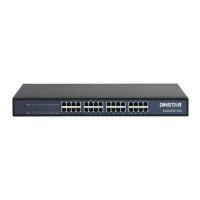

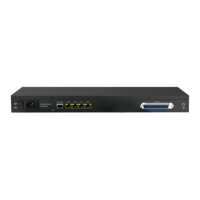
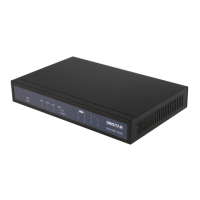

